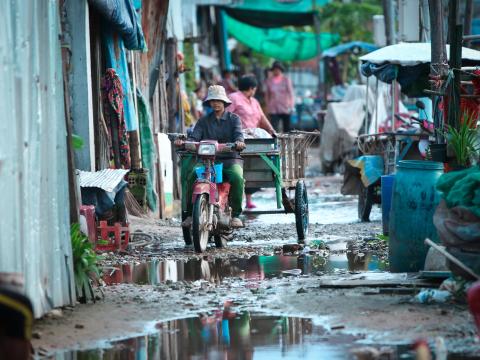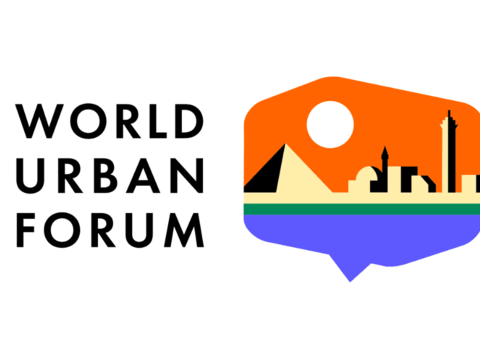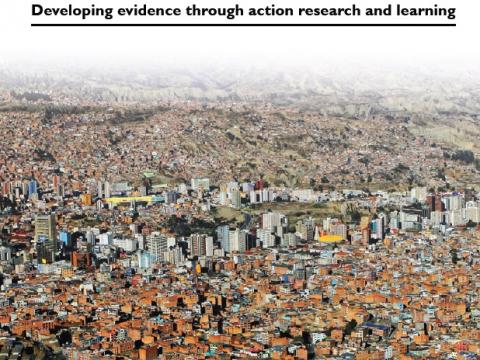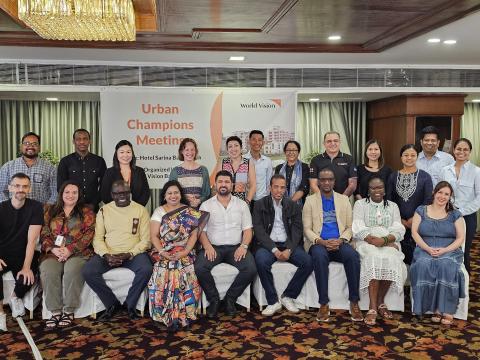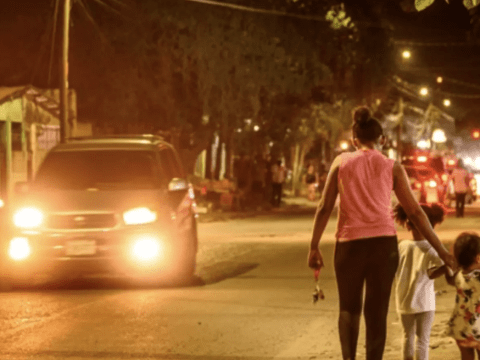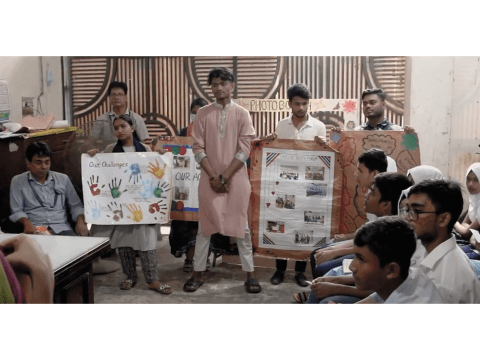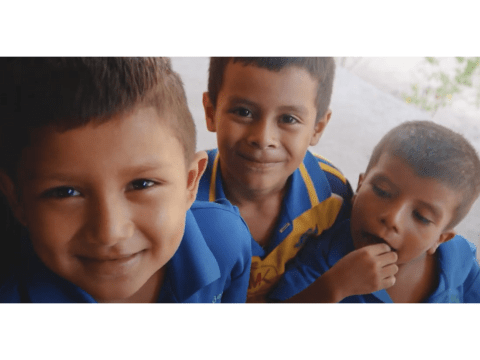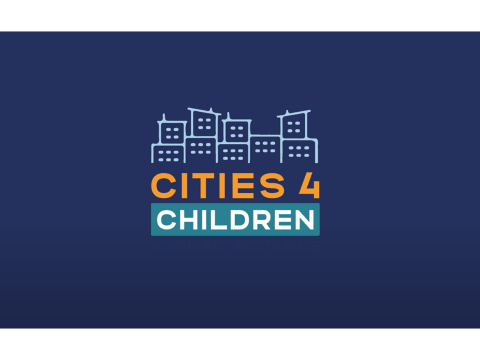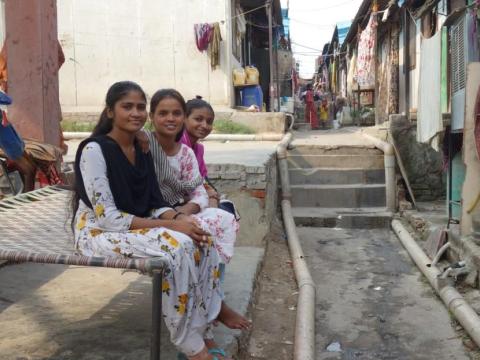Urban Work
Our Impact
59
17%
17,205,596
Just cities for all children
The world is increasingly urbanising; but not in an equitable fashion. Globally, more than 1 billion people live in urban slums; 350 to 500 million among them are children. In those settings, children are exposed to multiple risks impacting their wellbeing such as living in unsanitary and crowded conditions, lack of access to potable water or nutritious food as well as other social risks.
At the same time, increasing climate risks, violence and conflicts in urban areas are impacting children living in urban environments beyond slums and informal settlements.
World Vision is responding to the increasing exposure to vulnerability among children across the humanitarian-development peacebuilding nexus with urban programmes in 47 countries. Our urban programming is multi-tiered: while we are present at the most grassroots level, in urban neighbourhoods, slums and informal settlements responding to the direct needs of urban residents, we also engage with local and citywide stakeholders, including municipalities, the private sector, academia and other civil society organisations for maximising impact.
In order to sustain the outcomes of our work, we engage urban residents in transforming policies at the city and national level, and influencing city planning, budgeting and programmes to respond to the needs and rights of the most marginalised urban populations.
Our Approaches
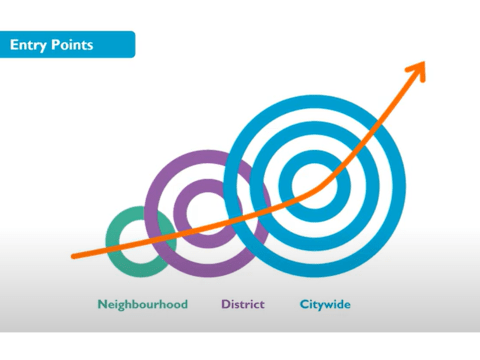
Citywide self-sustaining model
The 'Citywide Self-Sustaining Model' is an integrated approach to urban programming. It aims to generate sustainable social impact in cities, focusing on inclusion of the most vulnerable, especially children.
The model emphasises scaling with and through partners, building coalitions for effective action, and influencing policy development and implementation.
The intended outcomes of the model include:
- Identification and inclusion of the most vulnerable children and groups.
- Build coalitions and partnerships for citywide scale, effectiveness and impact.
- Contribution to global and national discourse and dialogue that shape urban policy.
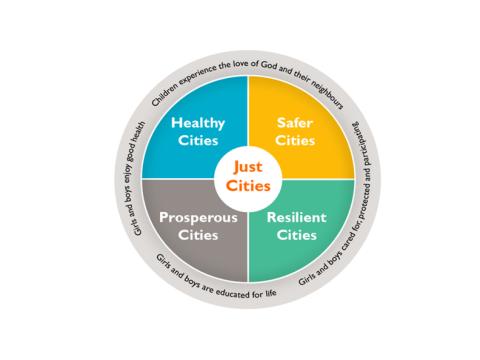
Cities for children framework
Promoting just and inclusive cities where children thrive in safe, healthy, resilient, and prosperous environments.
'Cities for Children' is World Vision's framework for addressing children's vulnerabilities in urban contexts.
The Framework consists of four inter-related domains of change affecting child wellbeing in cities: health, safety, resilience and prosperity. Underpinning these domains is the enabling factor of advocacy to seek justice and inclusion of the most vulnerable through policy change.
The Framework also identifies critical strategic pillars and enablers of change common to all domains that are essential for sustainable development in urban settings.

